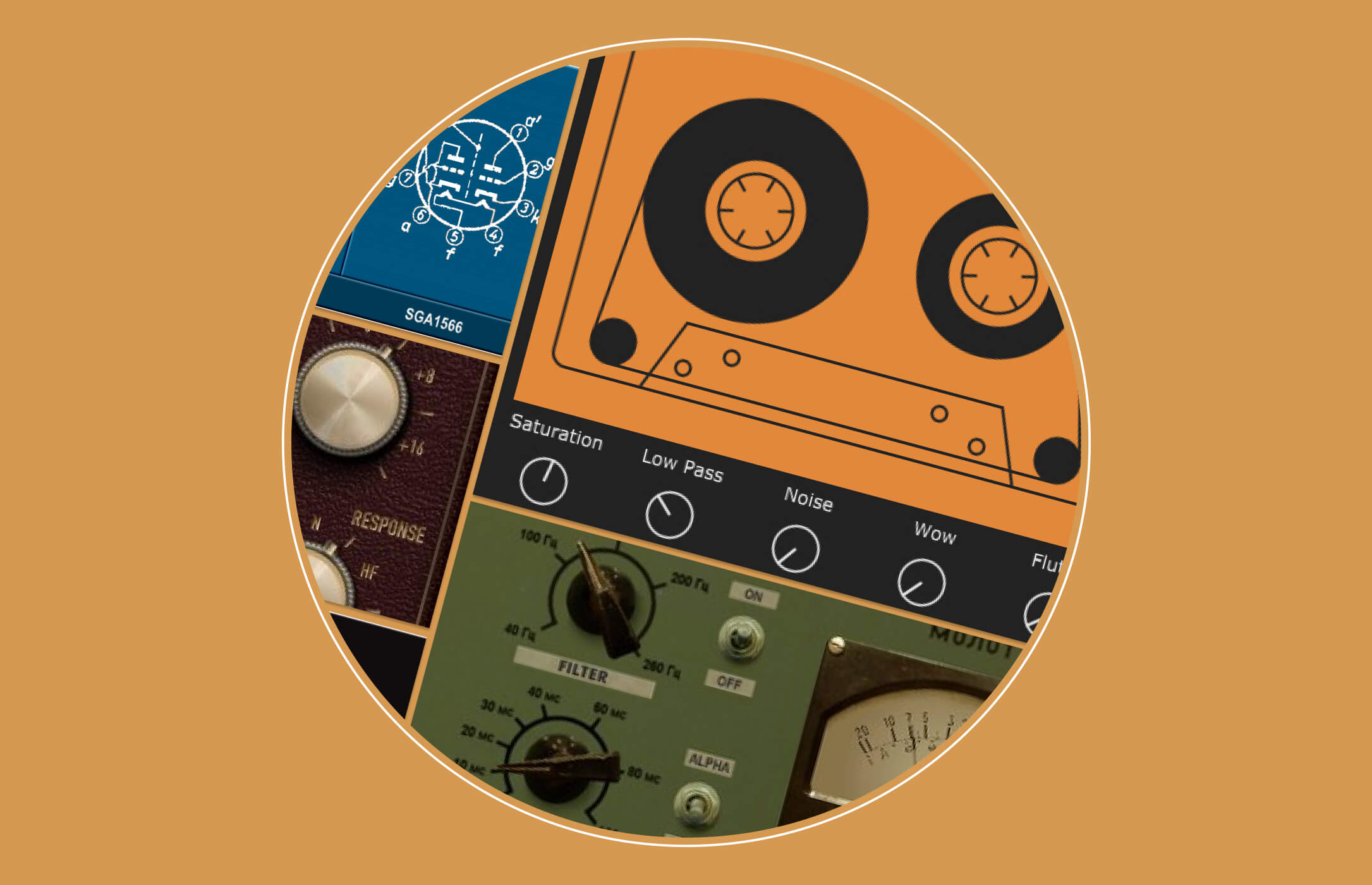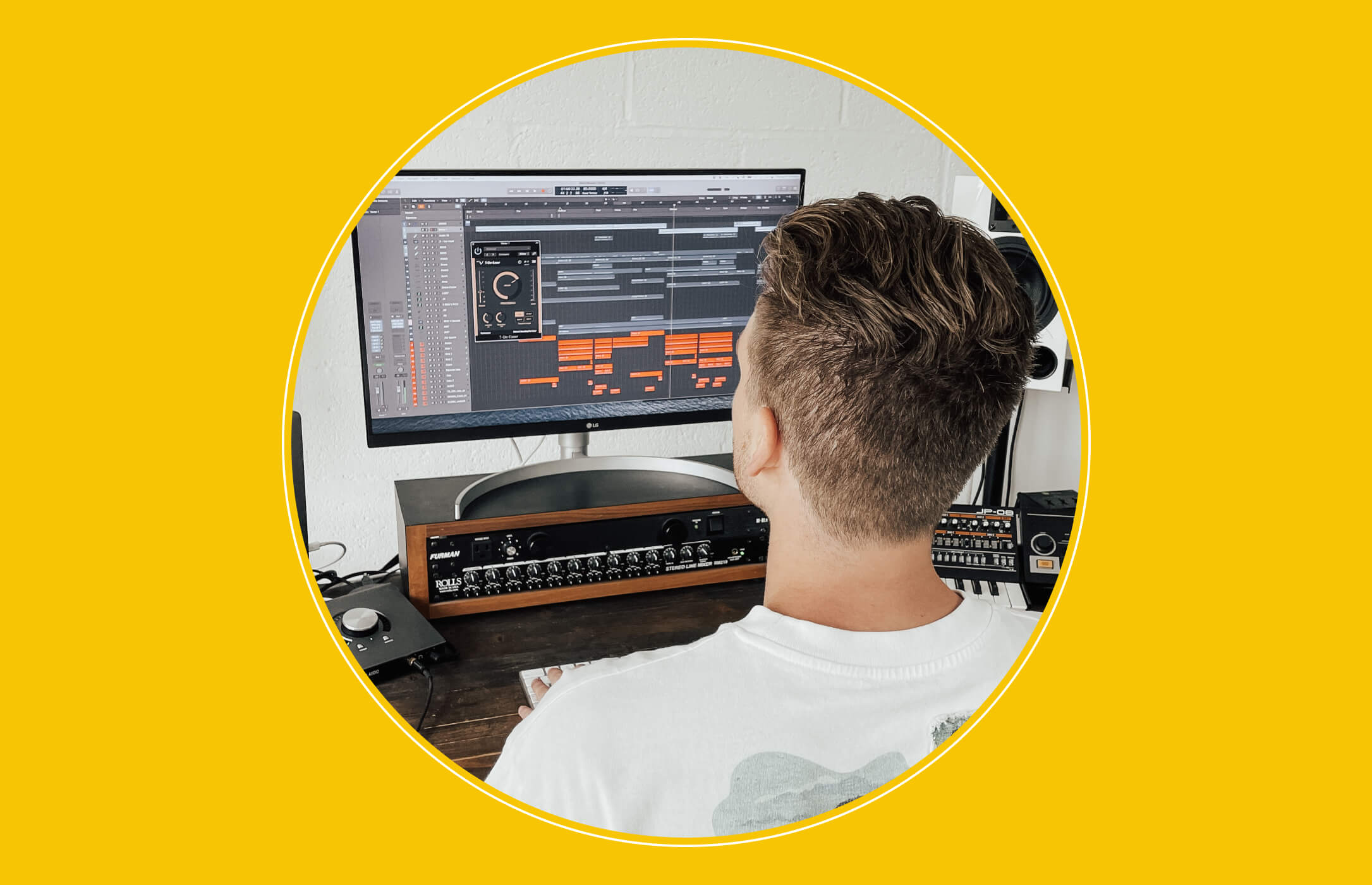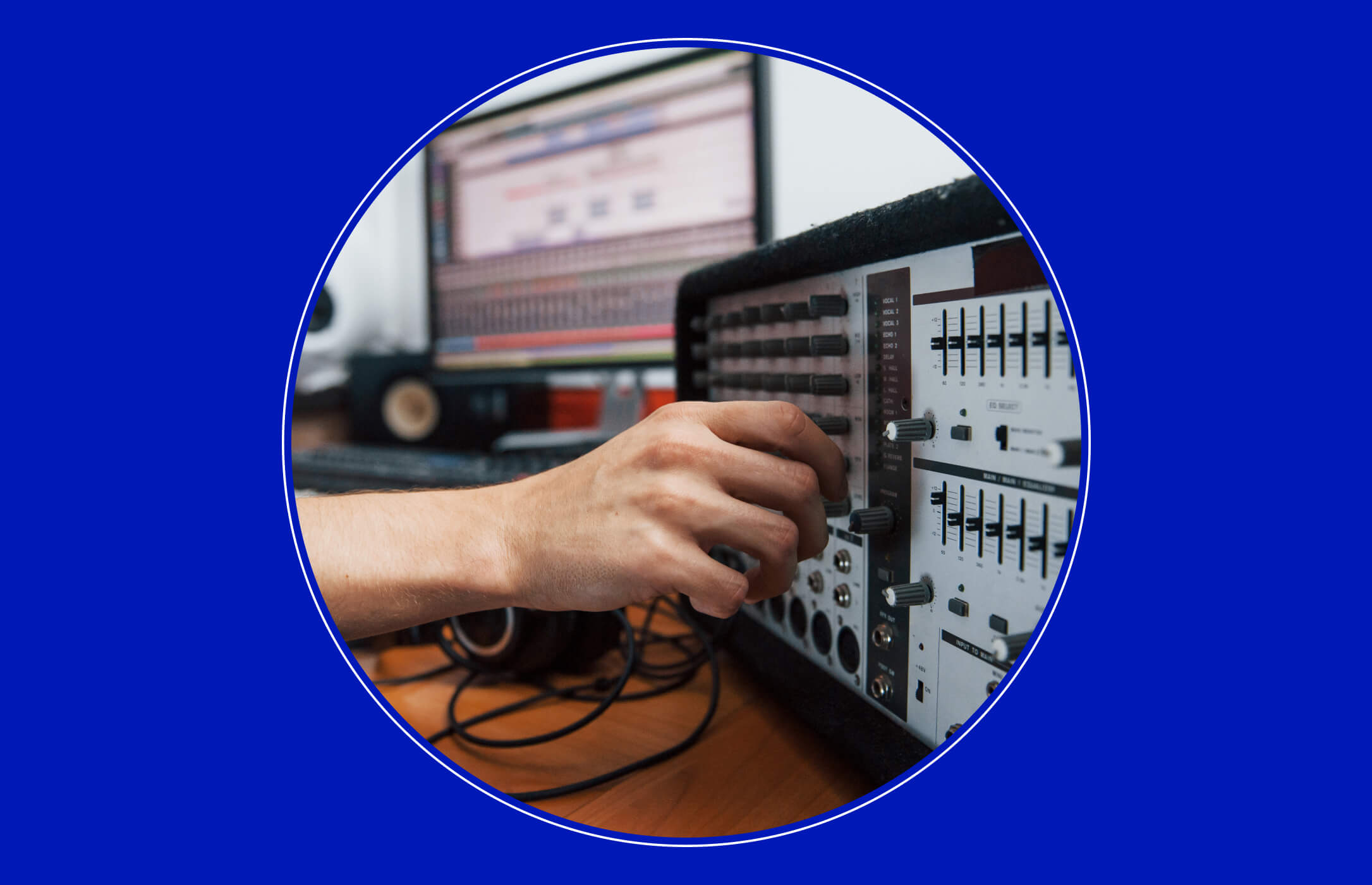How to Market Yourself as a Creative
The transition between a hobby and a career is a tempestuous one, and the reality is that you’ll likely face rejection and criticism at some point or another; but for the duration of this article, modesty does not exist, you are fantastic, no — you are the BEST at what you do, the task is now convincing others.
Whether you’ve been producing music from your bedroom or making cover artwork on a pirated version of Photoshop for your friend’s destined-to-split band, this article will highlight some of the things you can do to boost your marketability as a creative wanting to enter the music or wider entertainment industries.
Buffing Your Resume
Regardless of what your ultimate goal is as an artist, only the fortunate few manage to land their dream jobs right away, the majority will work their way up the career ladder. So what can you do to make yourself stand out on the climb up?
A creative job or internship these days often requires much more than your musical or artistic talents, so don’t underestimate the small stuff. Look at your workflow — is there something there you can expand upon to meet required criteria, or even go beyond these responsibilities? An example might be organisation — using programs like Microsoft Excel to keep track of hours worked, or monthly budgeting might seem fairly standard, but the familiarity alone is something others won’t have. Mention how you use these skills to achieve results, numerical evidence is a great way to highlight your administrative experience, even if you can’t currently see that it exists.
An example could be me, the writer, using Vollume Control to store project stem files. Because the software feels so easy to use, this might not feel particularly notable, but with the right angling it can be used to highlight certain job traits. This example is particularly noteworthy if you’re interested in a job that requires handling media files. Below are two different ways of describing the same thing, approached from different angles:
“Organised 500 stem files into project folders” — vs — “Collated, memorised, and tracked a directory of 500 audio files, categorizing into relevant sub-directories using specialist management software.
It isn’t hard to tell which sentence is better, and whilst the language might feel slightly exaggerated, it’s not dishonest either. There’s a fine line between accentuating certain details, and overselling yourself. If you begin to feel like you’re lying, have a break and return with fresh eyes.
Building Skills
If you’re worried that the skills section of your resume might not stand up against your competition, then it’s time to get proactive. Even if your current skill set doesn’t always match the criteria, sometimes being multifaceted can help your resume stand out, especially in the music industry where job responsibilities can often overlap. A Junior Audio Designer with basic design skills on web-based collaboration tools like Figma, or beginner knowledge of 3D software like Blender, or even an understanding of fundamental coding practices on sites like WordPress or Mimo might be what puts your resume over someone with slightly more experience. All of these are free, and will make your talents and interests much more multi-dimensional — after all, a resume is to show what you can offer the company, not what they can offer you, so show them something they maybe didn’t know they needed.
With remote working being the current norm, it’s also useful to be aware of the collaboration software available to you. Showing familiarity with the system a company or client uses may make the integration process seem a lot more streamlined in the eyes of recruiters. Mentioning workspace websites like Airtable, Microsoft Teams, communication platforms like Slack, or more music-centred collaboration software such as Vollume Control are all great ways of making your resume more airtight.
Stay Up-to-Date
The entertainment industry is constantly evolving, so it’s important to keep up-to-date to demonstrate engagement and show that you can stay on top of trends. I’m not saying start making NFT’s immediately after reading this, but knowing what one is, why they’re doing well, and what the public opinion of them is could prove useful in an interview. Networking sites like LinkedIn and The Dots are great to keep up with industry movers and shakers, just make sure your profile is used in a professional tone, and with productive purpose — meaning don’t just accept every random connection request you receive. Whilst it’s sometimes good for maximising clicks to your site and blogs, the more connections you have the more it may come across that you’re abusing the system. Recruiters do look at these sorts of things, so keep it in mind.
On the topic of social media, got something to hide? Delete it. Don’t live under the assumption that ‘it’ll probably never be seen’, because it will, and it can very much be the deciding factor on whether or not a company wishes to take you on. If you use social media actively to display work and discover opportunities, ensure all your handles are consistent and cohesive. Having the username ‘DuaLipaStan69’ on Twitter and ‘JohnSmithAudio’ on Instagram will give a greater insight into your online activities than you realise. Recruiters are looking for any opportunity to reject your application, don’t give them one on a platter.
Portfolio
Some applications require a portfolio, it might be audio or visual (or both), printed, a PDF, video, or a website. Regardless, it’s good practice to keep one updated and easily-accessible to take advantage of any opportunity that may arise. You don’t want to miss out on a great gig because you need to spend the weekend ‘putting something together’. The music industry doesn’t wait for anyone, stay prepared or prepare to stay behind.
You might already have one, or might never have thought about it, but it’s important to remember when making a portfolio that every person engaging with it will have no knowledge on what they are seeing/hearing, so make it easier for them. Unpack the projects further — what was the brief (if there was one)? What were the expected deliverables? What exactly did you deliver? What skills did you demonstrate? What software did you use to do it? Make every detail you include purposeful, and trim unnecessary fat to make the most of the sometimes seconds recruiters will spend looking at your portfolio.
If the project has a client attached, make them look important. If you mixed a song for, or did sound design for a project attached to a larger company, but didn’t directly engage with said company, make their name bold and in a bigger point size anyway. Made some artwork for a signed band, communicating exclusively with the band via Twitter DMs? Put the label’s logo on every slide. If everybody else is doing it (and trust me, they are), and you’re the only one not, you’re already at a disadvantage.
It’s worth noting that a portfolio isn’t just a showcase of all your best work, it’s also a glimpse into the window of your mind — giving an insight into your process and how your brain works is sometimes more important to employers than the actual deliverables themselves. Skills can be taught, creativity often can’t be.
The Other F-Word
Does all of this sound utterly excruciating? Freelancing might be more up your alley, look out for Vollume Control’s upcoming article on ‘How to Get Freelance Work as a Creative’. In the meantime, download Vollume Control for free and see where the future of music collaboration is heading (you might even be asked this question in an interview).
Article by Alexander Forsey




